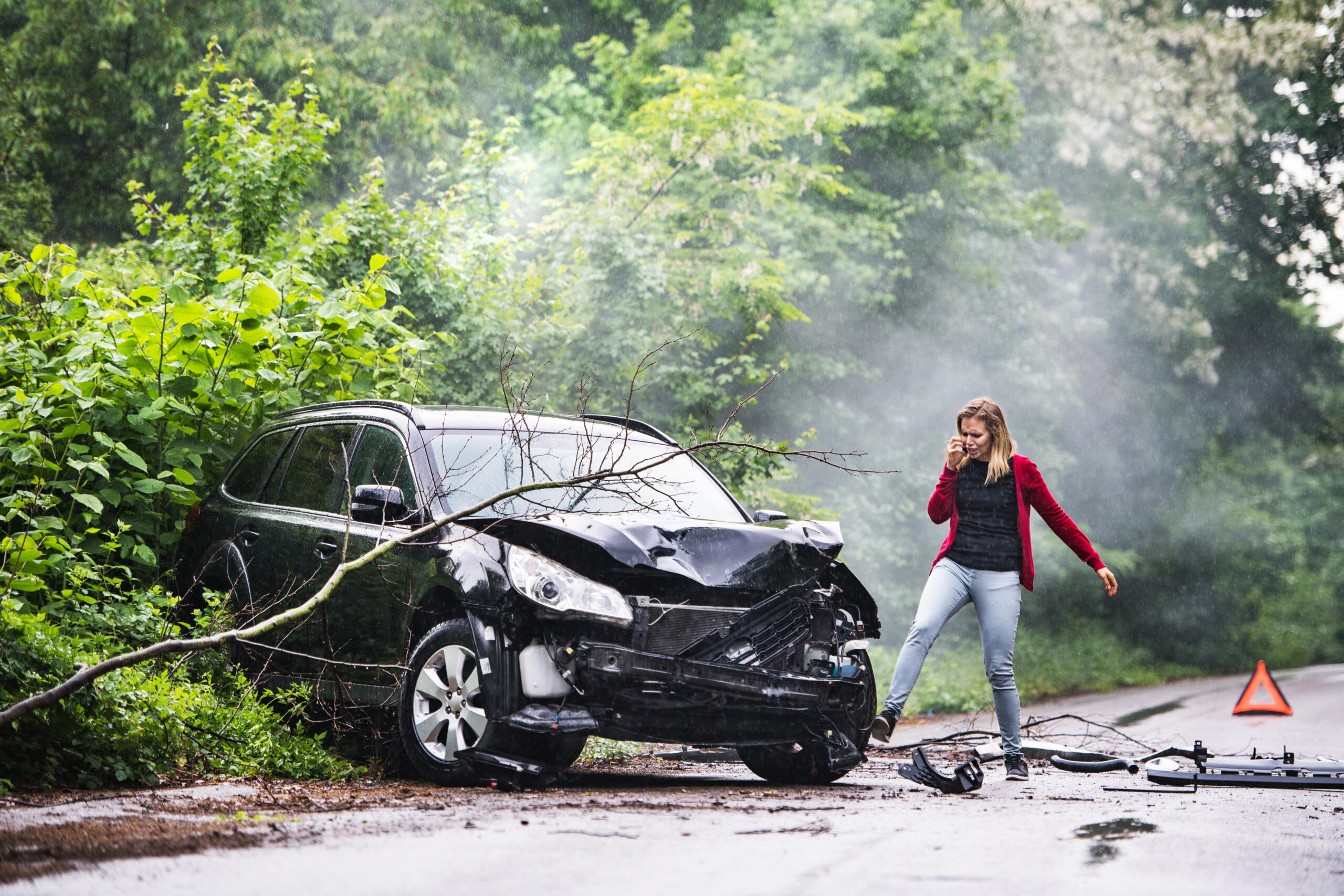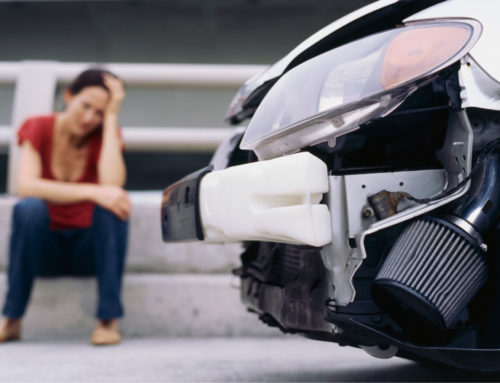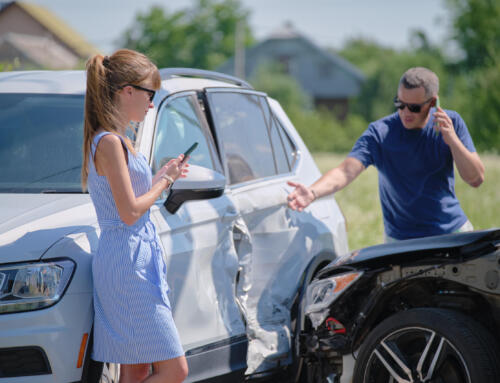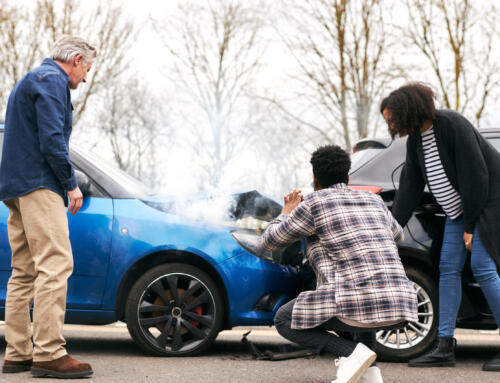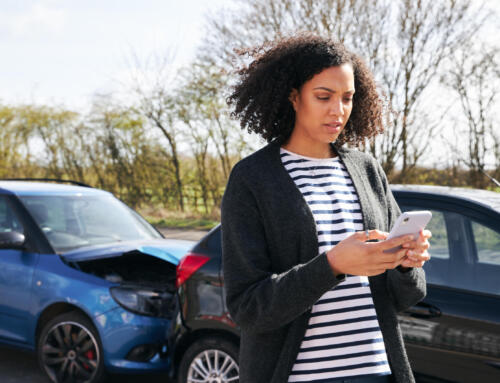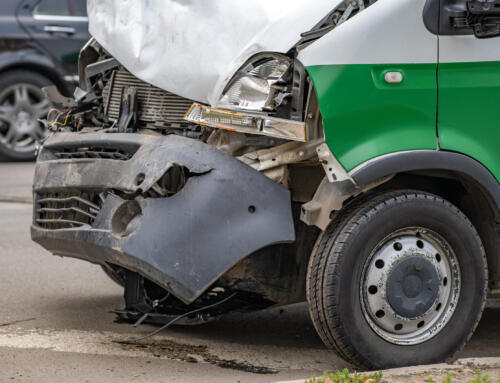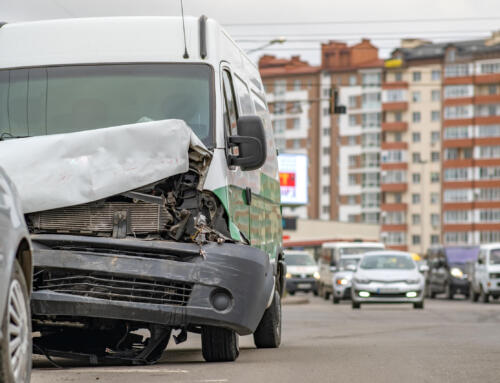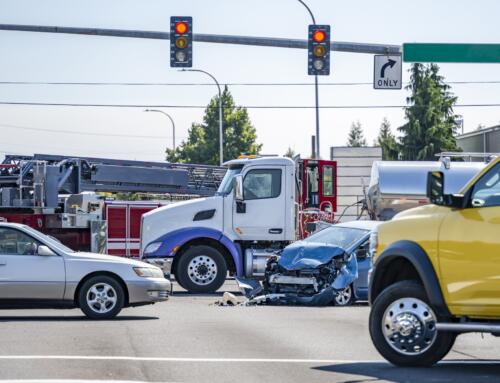In recent years, technology has dramatically reshaped many aspects of our lives, including the way car accident cases are handled. From advanced crash avoidance systems to smart car safety features, technology is revolutionizing how we understand and respond to accidents on the road. This technological evolution is not just about preventing accidents but also about providing a wealth of data that can be used to reconstruct events, determine liability, and potentially save lives.
The transformation brought by technology is multifaceted, involving innovations in vehicle design, data analysis, and legal frameworks. As these technologies become more integrated into everyday driving, they present new opportunities and challenges for drivers, legal professionals, and policymakers alike. Understanding how these changes affect car accident cases is crucial for adapting to the future of road safety and insurance.
The Rise of Crash Avoidance Systems
Crash avoidance systems are among the most significant technological advancements in vehicles today. These systems are designed to prevent accidents before they occur, employing various technologies to keep drivers safe. By actively engaging in the driving process, they not only enhance safety but also provide drivers with an added layer of confidence.
What Are Crash Avoidance Systems?
Crash avoidance systems encompass a range of technologies that help prevent collisions. These include:
- Automatic Emergency Braking (AEB): Automatically applies brakes to prevent a collision if the driver doesn’t react in time. This system can be especially useful in urban environments where sudden stops are common.
- Lane Departure Warning (LDW): Alerts drivers if they unintentionally drift out of their lane without signaling. This feature is particularly beneficial for long-distance travel, where driver fatigue can lead to unintentional lane changes.
- Blind Spot Detection: Warns drivers of vehicles in their blind spot, reducing the risk of side collisions. This technology is crucial for highway driving, where vehicles often change lanes at high speeds.
- Adaptive Cruise Control: Adjusts the car’s speed to maintain a safe distance from the vehicle ahead. This not only enhances driver convenience but also contributes to smoother traffic flow and reduced congestion.
These systems rely on sensors, cameras, and radar to monitor the vehicle’s surroundings, ensuring a higher level of safety on the roads. They represent a shift towards semi-autonomous driving, where vehicles can make decisions that aid the driver in maintaining safety.
Impact on Car Accident Cases
The integration of crash avoidance systems in modern vehicles can significantly impact car accident cases. With these systems in place, determining liability can be more straightforward, as data from the vehicle’s sensors can provide crucial evidence about the events leading up to a crash. This data can be instrumental in legal proceedings, offering objective insights into the driver’s behavior and the vehicle’s performance.
For example, if an Automatic Emergency Braking system was activated just before a collision, it may indicate that the driver did not have sufficient time to react, potentially affecting the outcome of the case. Conversely, if the system failed to engage, it might highlight a malfunction, influencing liability discussions. These technologies also encourage safer driving habits, as drivers become aware that their actions are being monitored and recorded.
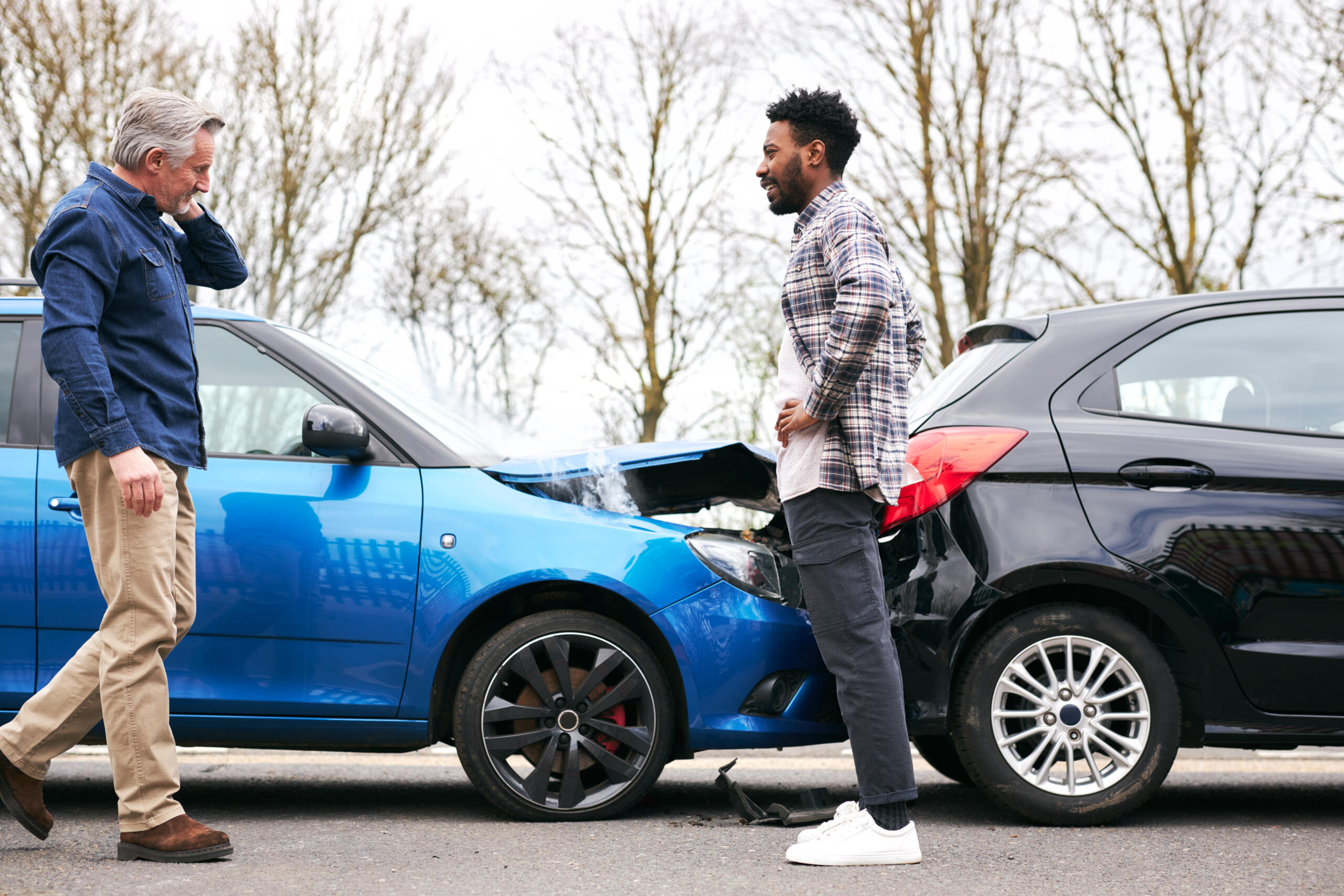
Smart Car Safety Features
Smart car safety features have become increasingly common, offering drivers more control and awareness than ever before. These features not only enhance safety but also provide valuable information during accident investigations. They are part of a broader trend towards smarter, more connected vehicles that can communicate with their environment and with each other.
Key Smart Car Safety Features
Smart cars are equipped with a variety of safety features, including:
- Rearview Cameras: Provide a clear view of what’s behind the vehicle, reducing the risk of back-over accidents. These cameras have become standard in many vehicles, improving safety in parking lots and residential areas.
- Parking Assist: Helps drivers park in tight spaces, minimizing the chances of minor collisions. This feature is particularly useful in urban settings, where parking space is limited and accidents often occur at low speeds.
- Tire Pressure Monitoring Systems: Alert drivers when tire pressure is low, preventing blowouts and improving overall safety. Maintaining proper tire pressure is crucial for vehicle performance and fuel efficiency, and can prevent accidents caused by tire failures.
These features contribute to safer driving experiences and can be instrumental in understanding the circumstances of an accident. By capturing and storing data, they provide a comprehensive view of the vehicle’s performance and the driver’s actions leading up to an incident.
Influence on Accident Investigations
Smart car safety features can play a crucial role in accident investigations. Data from these features can be used to reconstruct the scene of an accident, providing insights into the driver’s actions and the vehicle’s condition at the time of the crash. This information can be critical in determining fault and liability, offering a factual basis for legal proceedings.
For instance, if a rearview camera captured footage of an accident, it could serve as critical evidence in determining fault. Similarly, tire pressure data might reveal whether a blowout was a factor in the crash. This level of detail can also aid insurance companies in processing claims more efficiently and accurately, potentially leading to quicker resolutions and fairer settlements.
The Role of Data in Modern Accident Cases
One of the most transformative aspects of technology in car accident cases is the availability of data. Modern vehicles are equipped with numerous sensors and systems that collect data, which can be invaluable in understanding the details of an accident. This data-driven approach represents a paradigm shift in how accidents are analyzed and resolved.
Types of Data Collected
Modern vehicles can collect a wide array of data, including:
- Speed and acceleration data: This information can indicate whether a driver was speeding or making aggressive maneuvers before a collision.
- Steering and braking inputs: These inputs can reveal how a driver reacted in the moments leading up to an accident, providing insights into their level of control.
- GPS location and route information: This data can help reconstruct the vehicle’s path and determine if the driver was navigating known problem areas or hazardous conditions.
- Video footage from onboard cameras: Visual evidence can corroborate other data points and provide a more comprehensive view of the incident.
This data can be used to reconstruct the events leading up to an accident, providing a detailed picture of what happened. The ability to access and analyze this information marks a significant advancement in accident investigation techniques.
Implications for Liability and Insurance
The availability of detailed data has significant implications for liability and insurance claims. In many cases, this data can provide clear evidence of fault or negligence, simplifying the claims process and leading to faster resolutions. By reducing ambiguity, data can help all parties involved reach a consensus more quickly.
Insurance companies can use this data to assess claims more accurately, potentially reducing the time and cost associated with investigations. Additionally, drivers with advanced safety features and data collection systems may benefit from lower insurance premiums, as these technologies can reduce the risk of accidents. This creates an incentive for drivers to invest in newer, safer vehicles equipped with these technologies.

Challenges and Considerations
While technology offers many benefits in car accident cases, it also presents challenges and considerations that must be addressed. As we embrace these advancements, it is essential to remain mindful of the potential downsides and work towards solutions that maximize the benefits while minimizing the risks.
Privacy Concerns
One of the primary concerns with the collection of vehicle data is privacy. Drivers may be uncomfortable with the idea of their every movement being recorded and stored, even if it is for safety purposes. It’s crucial for manufacturers and policymakers to address these concerns by implementing strict data privacy standards and ensuring that drivers have control over their data. Transparency in how data is collected, stored, and used can help build trust among consumers.
Technological Limitations
Despite their advantages, crash avoidance systems and smart car safety features are not foolproof. They may fail under certain conditions, such as extreme weather or technical malfunctions. As a result, it is important for drivers to remain vigilant and not rely solely on technology for safety. Regular maintenance and updates to vehicle systems are essential to ensure optimal performance.
Legal and Regulatory Issues
The integration of technology in vehicles also raises legal and regulatory questions. As technology evolves, lawmakers must keep pace to ensure that regulations adequately address the new landscape of car accident cases. This includes establishing clear guidelines for data usage, liability in cases involving autonomous features, and ensuring that safety standards are consistently met across all vehicles.
Conclusion
Technology is undeniably changing the landscape of car accident cases, offering new tools and insights that can improve safety and streamline investigations. As crash avoidance systems and smart car safety features become more prevalent, drivers and legal professionals alike must adapt to this evolving landscape. The future of road safety depends on our ability to harness these technologies effectively.
By understanding the capabilities and limitations of these technologies, we can harness their potential to create safer roads and more efficient accident resolutions. As we move forward, it is essential to balance the benefits of technology with considerations for privacy, reliability, and regulation, ensuring that the future of driving is both safe and fair. The ongoing collaboration between technology developers, regulators, and the automotive industry will be crucial in shaping this future.
Contact 612-Injured: Minnesota’s Personal Injury Attorneys
If you or a loved one has been involved in a car accident and need skilled in legal assistance, don’t hesitate to reach out to 612-Injured. Our experienced personal injury attorneys are here to help you navigate the complexities of your case and ensure you receive the compensation you deserve. Contact us today for a free consultation and let us fight for your rights!

